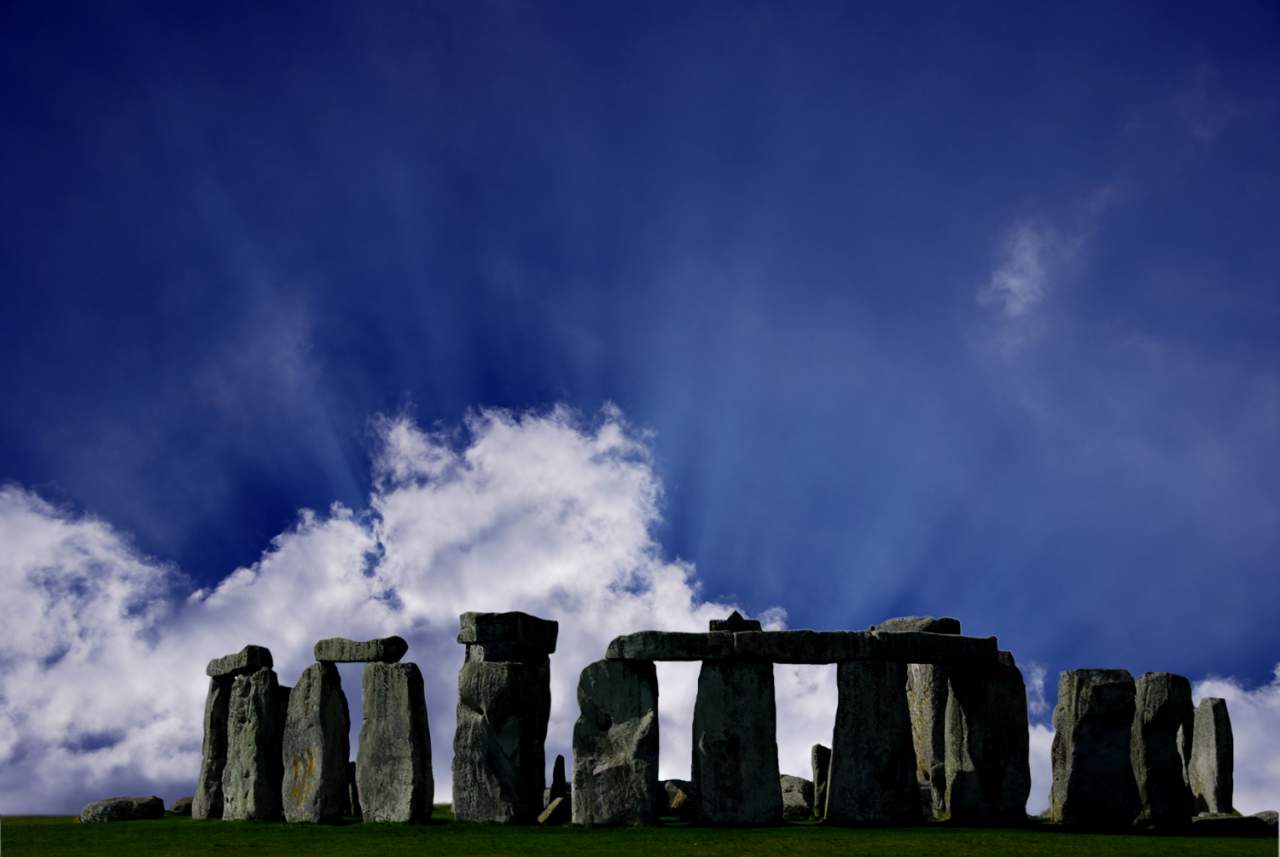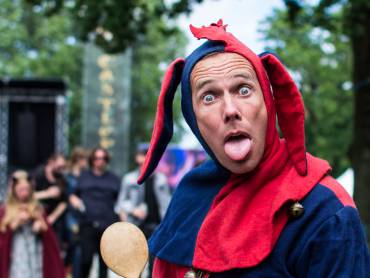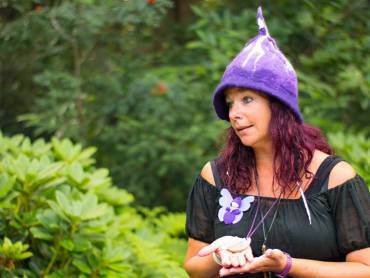In the Vana Grimoire series, we share tips and background information on pagan festivals, recipes, mythologies, history and other worth knowing subjects that are related to our events. In this blog we will tell you more about stone circles.
A circle of stones, each one twice as big as an average human-being. Can you imagine the immense effort it must have cost to build Stonehenge without any modern machinery? It seems like an impossible job. It’s for that reason that for centuries, people believed all kinds of wonderous myths about this mysterious place. What’s the magic of Stonehenge and other stone circles?
Around the world
Stonehenge may be the most famous stone circle in the world, but it is definitely not the only one. There are over 1300 stone circles in Great Britain only! These prehistoric rock constructions can be found from England and France to even Senegal and Australia. Some stone circles exist of stones that are polished or decorated with symbols. Others are plain stones. How is it possible that civilisations that have never been in contact with each other could build very similar constructions? Apparently very important constructions, as building them would have taken ages. There are no clear explanations. Even if there were records of construction, they did not survive the passing of time.
But researchers found that many stone circles indicate the phases of the moon in some way. Next to that, the sun would shine through or over the stones in a specific way during the solstices and the vernal and autumn equinox. It seems that most societies had a keen eye for astronomy when the stone circles were build, around five thousand years ago.
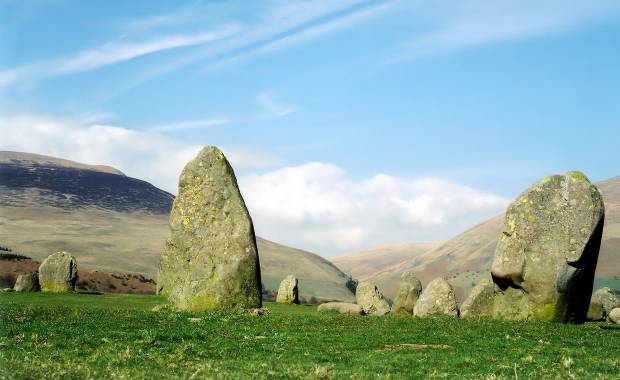
Myths and magic
Around three-and-a-half thousand yours ago, people stopped constructing stone circles. It is a generally accepted thought that they moved away and did not bother to build new stone circles. Soon, the original purpose was forgotten. Many explanations were given by later visitors. They must have been built by giants. Or even stranger, by magic! Stonehenge was said to be built by the famous wizard Merlin.
Many other circles have stories about people being turned to stone, either by magic or for being a sinner. Long Meg and her Daughters is the second largest stone circle in England. The legend goes that Long Meg practiced witchcraft, and that she and her daughters were turned into stone for not respecting the Sabbath.
At many circles, people seem unable to count the correct number of stones. Every try would result in a different number. It is said that the one who counts the right number would break the spell and turn the petrified people back to life.
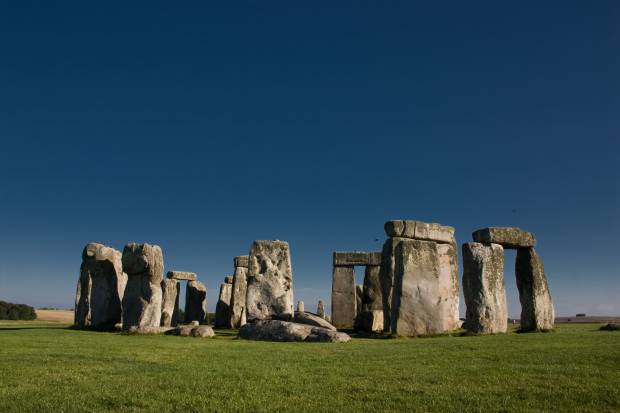
Construction of the circles
Since they did not believe in magic, archaeologists found another explanation for the construction. Building them was challenging but human work. First of all, the right stones needed to be collected. To get enough stones of the right size, people would press wedges in the cracks of rock formations. Hopefully a big enough piece of rock would break off. Next, the piece of rock needed to be transported to the right location. This was most likely done by rolling it forward on logs.
After comparing rock samples, scientists found that in the case of Stonehenge, the stones were transported 220 kilometres over land and water from Western Wales to Salisbury in Southern England! Why they chose to bring those rocks all the way over from Wales is still a mystery.
Upon arrival, the stones would be placed in pits in the ground. They would be lifted with ropes and pulleys. It takes about 100 people to erect a five meter tall stone!
Function of stone circles
All this labour suggests that the circles had an important purpose. The construction was based on astronomical patterns, but being a prehistoric calendar was not their only function. The most common theory is that the circles served multiple purposes. Many circles were either a burial site, or close to one. The circles that indicate the solstices were probably also used for spiritual ceremonies and rituals.
A stone circle can be compared to a cathedral. A construction larger than life where festivities are celebrated, the dead are buried and where people come together to perform rituals on specific days.
However, since there are no written sources, we can never be sure. Maybe they are build by witchcraft after all…
By Norn Wesselius
